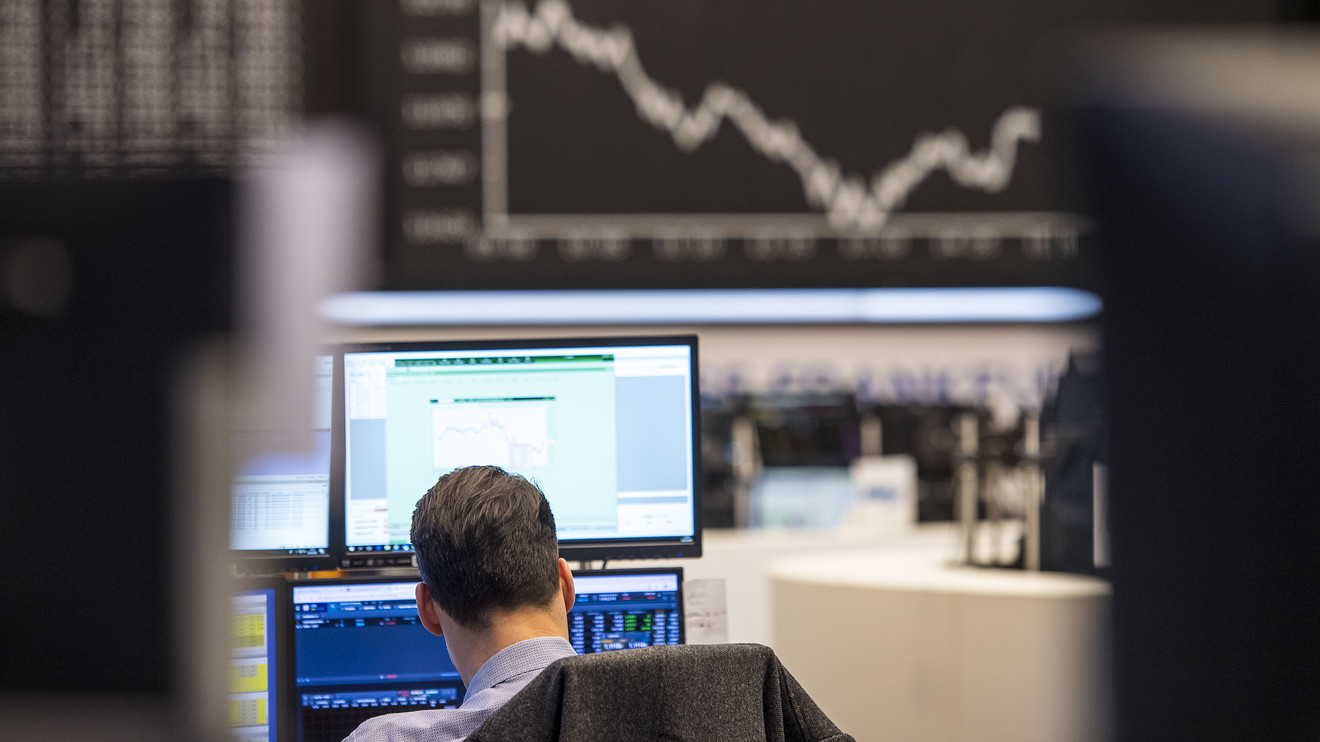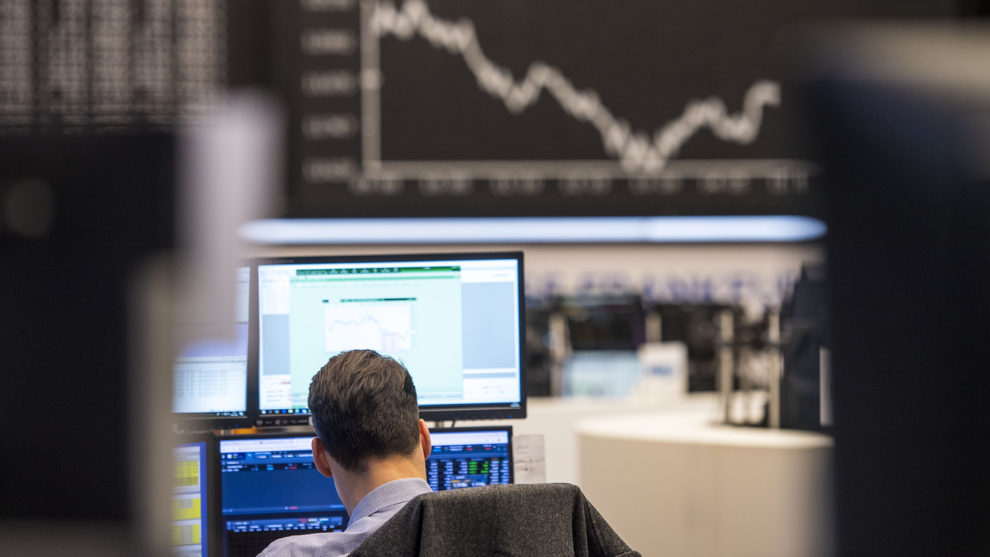
U.S. stock futures were indicated sharply lower on Thursday as anxieties about the worldwide COVID-19 epidemic lingered and investors attempted to assess the ability of governments to limit the harmful impact of the infectious disease on the global economy.
See:Why stocks tanked despite the Fed’s emergency rate cut
How are major benchmarks faring?
Futures for the Dow Jones Industrial Average YMH20, -2.21% were down 623 points, or 2.3%, at 26,342, while those for the S&P 500 ESH20, -2.28% were off 74 points, or 2.4%, at 3,041. Nasdaq-100 futures NQH20, -2.24% retreated 201.50 points, or 2.3%, to 8,695.
On Wednesday, the Dow DJIA, +4.52% advanced 1,173.45 points, or 4.5%, to settle at 27,090.86. The S&P 500 SPX, +4.22% rose 126.75 points, or 4.2%, to end at 3,130.12. The Nasdaq Composite COMP, +3.84% climbed 334 points, or 3.9%, to 9,018.09.
Wednesday’s rally turned the Nasdaq positive for the year, up 0.5%, while the S&P 500 was down 3.1% and the Dow was 5.1% lower over the same period.
What’s driving the market?
Markets are fixated on the economic implications of efforts to contain the spread of COVID-19, the infectious disease that reportedly originated in Wuhan, China in December, sickening at least 95,000 people since then.
Angst about the outbreak and its impact to economic activity resurfaced on Thursday as California declared a state of emergency due to the epidemic.
On top of that, infections in Wuhan spiked after three days of declines, according to the National Health Commission. Reuters reported that there were 139 new confirmed cases as of Wednesday, bringing the total cases to 80,409.
Worldwide, there are now 95,748 cases of COVID-19 and at least 3,286 deaths, according to the latest figures from the Johns Hopkins Whiting School of Engineering’s Centers for Systems Science and Engineering.
“Clearly some of this morning’s decline is just normal give back from yesterday’s explosive rally, although economic fears are continuing to mount as the number of cancelled events, gatherings and conferences continues to rise,” wrote Tom Essaye, president of The Sevens Report, in a morning note.
“Coronavirus headlines will continue to drive trading, and broadly speaking any reports of U.S. or global economic stimulus will be a tailwind on stocks, while any reports of an acceleration of the spread will obviously be a headwind,” Essaye added.
That news comes after U.S. lawmakers passed an $8 billion-emergency spending package on Wednesday to combat the coronavirus, and the International Monetary Fund announced a $50-billion lending programs the help businesses harmed world-wide by the epidemic.
Yesterday’s powerful rally represents markets that have become more volatile, with Wednesday’s surge attributed largely to signs of more action by governments to limit the impact of the outbreak and former Vice President Joe Biden emerging as the front-runner of the Democratic Party’s presidential race.
First-time applications for unemployment insurance declined in the most recent week, the Labor Department said Thursday morning. Productivity and unit labor costs in Q4 were both revised slightly lower from an initial read. A report on factory orders at 10 a.m. will be closely watched for the impact of coronavirus.
Which stocks are in focus?
- CIEN, +3.99% Shares of Ciena Corp. surged 5.7% in premarket trading Thursday, after the optical networking company reported fiscal first-quarter profit and revenue that beat expectations.
- BURL, +1.81% Burlington Stores Inc. shares slid in premarket trade Thursday after the discount retailer beat profit estimates for its fiscal fourth quarter but offered guidance for the first quarter that lagged behind estimates.
- iBio Inc. IBIO, +22.03% shares surged premarket on hopes for a partnership with a Chinese company to develop a coronavirus vaccine.
- BJ, +3.98% BJ’s Wholesale Club Holdings Inc. reported Thursday fiscal fourth-quarter profit and revenue that matched expectations, while same-store sales came up a bit shy.
How are other assets performing?
The benchmark U.S. 10-year Treasury note TMUBMUSD10Y, 0.946% ticked down 5 basis points to yield 0.94%. Bond yields rise as prices fall.
Gold for April delivery GCJ20, +0.60% gained 0.6% to trade at $1,652.20 an ounce, while CLJ20, -0.40% April crude futures picked up 0.6% to $47.05 a barrel on the New York Mercantile Exchange, as the Organization of the Petroleum Exporting Countries agreed to cut oil production by 1.5 million barrels per day, according to a Bloomberg News report.
The Cboe Volatility Index VIX, +15.47% was at 36.27, up 13.4%. The so-called VIX rises as stocks fall and is used as a gauge of implied volatility in the stock market. Its historic average is around 19.
In Europe, stocks were mixed. The FTSE FTSE, +0.35% jumped 1.5%, but the STOXX Europe SXXP, -1.90% fell 1.7%.
In Asia overnight, the Shanghai Composite Index SHCOMP, +1.99% gained 2% and Tokyo’s Nikkei 225 NIK, +1.08% rose 1.1%. The Kospi 180721, +1.25% in Seoul gained 1.3%. China’s CSI 300 Index 000300, +2.22% rallied 2.2%.
Related: Buy the dip? Here’s how some analysts say investors should play it











Add Comment